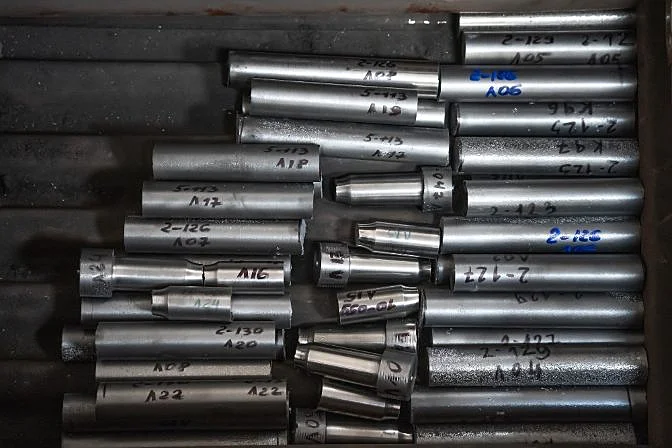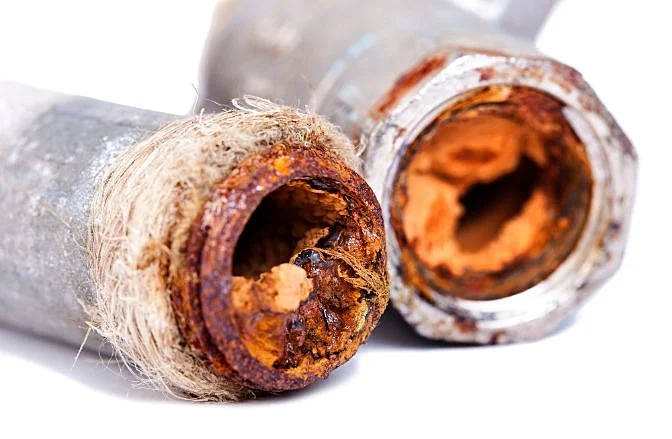Destructive testing is a method used to evaluate the performance of materials, components, or systems by subjecting them to stress until they fail. This type of testing provides valuable insights into the limits and behavior of materials under extreme conditions. During destructive testing, inspectors apply various methods that can deform or completely destroy the material being tested. The goal is to understand how the material behaves when exposed to pressure, temperature changes, or other environmental factors that it might encounter during real-world use. This approach helps identify key physical properties such as toughness, hardness, flexibility, and strength. Destructive testing is also commonly referred to as destructive physical analysis (DPA) or destructive material testing (DMT). Destructive physical analysis plays a crucial role in determining the operational limits of components, helping engineers make informed decisions about maintenance, replacement, and safety protocols. It is often used alongside non-destructive testing (NDT) techniques, such as digital radiography, to ensure comprehensive evaluation of materials and structures. In this guide, we will explore the different types of destructive material testing methods and discuss their practical applications across various industries. Destructive testing involves intentionally deforming or destroying a material to study its failure point. In contrast, non-destructive testing (NDT) allows for inspection without causing any damage to the material or asset being tested. Both methods have their own specific uses. DT is typically performed before a component is mass-produced or deployed in real-world applications, helping engineers understand how the material will behave under stress. NDT, on the other hand, is used on assets already in operation to detect early signs of damage, prevent failures, and support maintenance planning. [Learn more about NDT in this in-depth guide.] Destructive testing is usually carried out by in-house technicians or third-party testing providers in controlled environments like laboratories. It’s widely used across multiple sectors to ensure product reliability and safety. Industries that rely heavily on destructive testing include aerospace, automotive, chemical, construction, defense, electrical engineering, fabrication, infrastructure, manufacturing, oil & gas, petrochemical, pipeline, power generation, and even software development. Professionals who conduct destructive tests include chemists, electrochemical process experts, failure analysis specialists, material scientists, metallurgical and polymer engineers, quality control analysts, and regulatory compliance experts. There are several destructive testing methods designed to simulate real-world conditions and assess a material's performance under different stresses. These tests help determine the material's strength, durability, and resistance to failure. The most common types of destructive testing methods include: Continue reading to learn more about these methods or click the links above to jump directly to each one. Aggressive environment testing simulates the effects of corrosive environments on materials at varying temperatures and pressures. This test is essential for components that operate in harsh or unpredictable conditions. Examples of such environments include those with high salinity, humidity, hydrogen sulfide, carbon dioxide, and other natural elements. Corrosion testing evaluates how a material reacts when exposed to saltwater or freshwater. This is particularly important for materials used in marine or coastal environments. Fracture and mechanical testing includes several methods such as bend tests, Charpy impact tests, crush tests, weld fracture tests, peel and chisel tests, Pellini drop weight tests, and hydrostatic pressure tests. These tests help identify weaknesses and structural integrity issues in materials. Fatigue testing is conducted to determine the endurance of welded joints, base metals, and heat-affected zones under repeated or constant loading conditions. This is especially relevant for materials used in dynamic environments. Hardness testing measures how much a material resists indentation under stress, using scales like the Rockwell scale. This test helps predict how long a component will last and how well it will perform over time. Hydrogen testing exposes materials to hydrogen at different strain rates and temperatures to assess their susceptibility to hydrogen embrittlement and corrosion. Residual stress measurement determines the internal stress within a component and its effect on surface stress. Common methods include neutron diffraction, synchrotron diffraction, and X-ray diffraction. Software testing is performed by developers and QA engineers to identify bugs, ensure functionality, and assess risks before a product is released to the public. Tensile testing involves stretching or compressing a material to measure its breaking strength, elongation, and tensile strength. This helps determine which materials can withstand high forces and stress. Tensile (elongation) test Torsion testing applies twisting forces to a material to assess its shear strength and determine the point at which it fails due to deformation. A common example of destructive testing is crash simulations used in the automotive and aerospace industries. These tests help assess the effectiveness of safety equipment under extreme conditions. In aerospace, materials are subjected to high temperatures and pressures to ensure critical systems, like air respirators, function properly. Similarly, safety glass is tested by dropping sandbags from certain heights or exposing it to fire to evaluate its durability and flame resistance. Fire-resistant personal protective equipment (PPE), such as coveralls, gloves, and respirators, undergoes destructive testing to meet IEC or ASTM standards. These tests simulate exposure to electrical arcs or open flames to determine the energy threshold before failure occurs. Destructive testing is also vital in the design of industrial boilers, which must withstand extreme pressure and temperature. By understanding material limitations, engineers can set safe operating parameters. Tensile testing is frequently used to evaluate the strength of welds in construction materials, ensuring the structural integrity of buildings and bridges. For instance, skyscrapers are built using materials that have been tested through destructive methods to ensure they can handle expected environmental stresses. Medium Excavator,Caterpillar Excavator,Medium Size Excavator,Medium Excavator For Sale Shandong Yineng Heavy Industry Co.,Ltd , https://www.yinengloader.comWhat Is Destructive Testing and How Does It Work?
 Metal samples for strength testing | Source: DedMityay, iStock
Metal samples for strength testing | Source: DedMityay, iStock
What Is Destructive Testing?
What Industries Use Destructive Material Testing?

Destructive Testing Technicians
Destructive Testing Methods
Aggressive Environment Testing
Corrosion Testing
 Corroded pipes
Corroded pipesFracture and Mechanical Testing
Fatigue Testing
Hardness Testing
 Hardness testing | Source: Kimtaro, Dreamstime
Hardness testing | Source: Kimtaro, DreamstimeHydrogen Testing
Residual Stress Measurement
Software Testing
Tensile (Elongation) Testing

Torsion Testing
Destructive Testing Examples

June 30, 2025